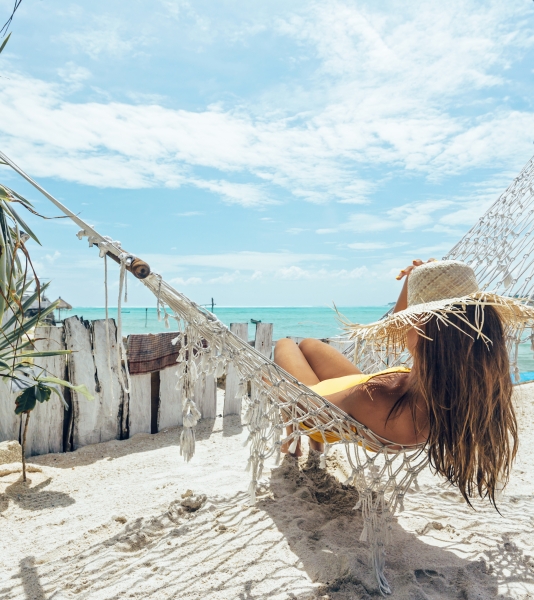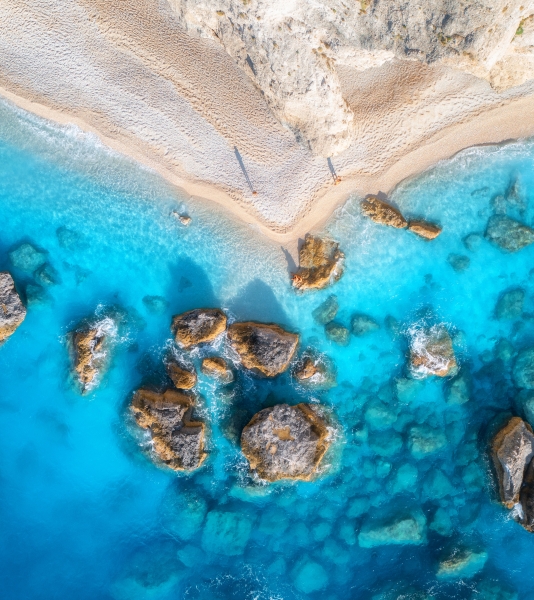La Gomera
La Gomera is one of the seven islands of the Canaries and situated close to the northwest coast of Africa, off the former Western Sahara. It is made up of volcanic structure formed by the accumulation of rocks originated in multiple eruptions.
Volcanic development started more than 20 million years ago, the oldest mountain ranges of Tenerife came up from the Atlantic much later (about 8 to 12 million years ago). As for more recent history, the Guanches are thought to be the first to inhabit the region. They were tall fair skinned people, living on the slopes, or in small groups with houses built in circles. In 1496 and after much fighting in which Guanche values and nobility were evident, they incorporated into Spain. La Gomera is thought to be named after Gomer, a grandson of Noah, though notwithstanding this biblical reference, the island really only came onto the scene after Columbus stopped over in 1492, on his way to the new world. Here he abundantly provisioned his ships with foodstuffs, water etc leaving the bay on the 6th of September 1492 to discover America. Since then, the people of Gomera have called their island the Isla Colombina, the Colomban island, in reference to his visit. The Tower of Conde, the church of La Asunción, where members of the expedition and their mission were blessed, still exist. Later, other Europeans stop off here too, to load their ships with food, slaves, precious metals, silks and other goods. If we consider the influence of the Moors and the black African population as well, we can see the peculiar cosmopolitan characteristics and the wide mix of local people in the present day.
Fiestas
The folklore of La Gomera has something which is exclusive to the archipelago: the dance of the drum: ancestral singing and dancing, unique in the hispanic world, because of its archaic combination of the singings of the romances (ballads) with dancing in the opposing lines.
Handicrafts
The handicraft of La Gomera is diverse and functional. Amongst the most notable is the pottery crafted in the traditional manner, without the use of a potter's wheel, an art handed down from the times of the aboriginal people. The traditional loom must also be mentioned, on which beautiful rag rugs, bedspreads, blankets, carpets and saddlebags are woven from strips of old cloths and cotton threads.
History
The history of La Gomera is forever linked to the discovery of America and the Conde Tower, built in 1449, and the Casa de Colón and Casa de la Aduana are testimonies to its proud history. A brief journey through the most important towns of La Gomera will lead in the south to the small fishing port of Playa de Santiago; in the west to the curious town of Chipude, to the foot of the impressive natural monument of La Fortaleza, and to the picturesque villages of Agulo and Hermigua. Remnants of pre-Hispanic traditions contribute to create the atmosphere of a wild and primitive place.
Gastronomy
Gomeran cuisine has similar characteristics to the other Canary islands but with its own nuances. Almogrote is a tasty spread made of cured cheese elaborated with goat's milk, garlic and red pepper. Gomeran pastry is also delicious, particularly the fine sponge cakes and biscuits made of almonds. Other delicacies include pelotas de gofio y miel de palma (wheat and corn toasted and ground into cereal mixed with palm tree honey and torta de cuajada, made with fresh cheese.





